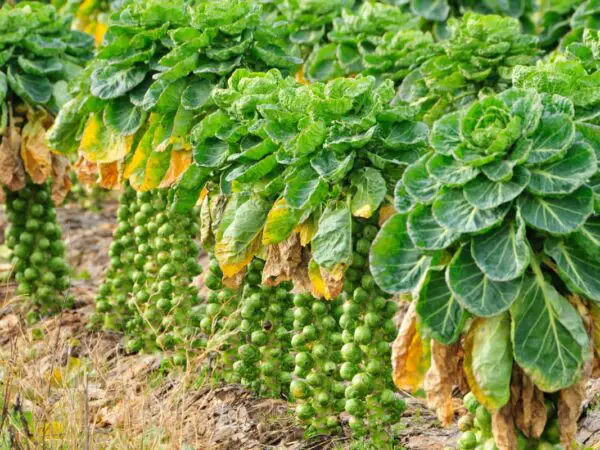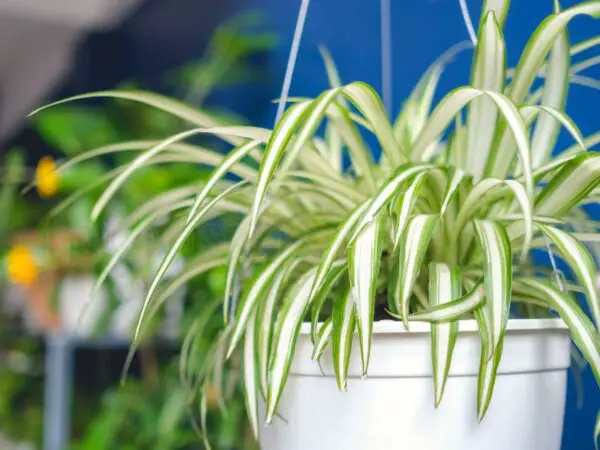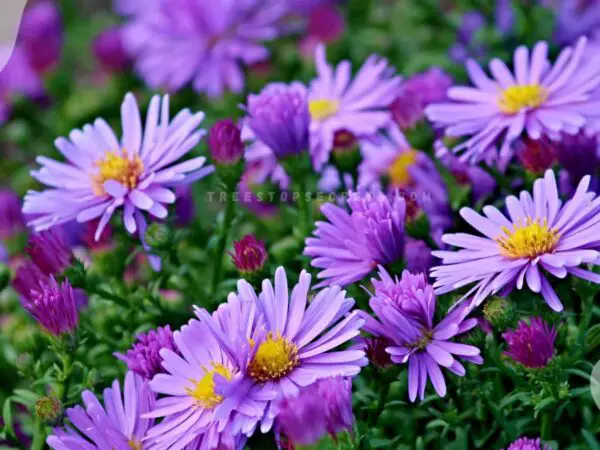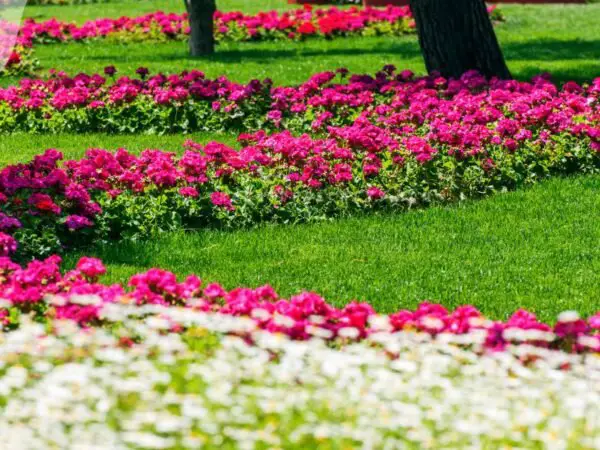Did you know that over 90% of orchid owners struggle with plant care, such as water orchids, repotting sympodial orchids, and ensuring dendrobium orchids flower to maintain beautiful orchids? Pruning is essential for keeping your green orchids healthy and thriving, along with quick phalaenopsis care, to spruce them up and prevent the need for fungicide. It's not just about orchid pruning; it's about knowing when and how to spruce it right in the end, like an orchid whisperer. Proper pruning of the stem encourages new growth and blooms, making your orchids more vibrant, including the bulb.
In this post, you'll learn the best techniques for pruning orchid plants. We'll cover the right tools, timing, and methods to ensure your orchids flourish. Whether you're a beginner or a seasoned gardener, these tips for phalaenopsis orchid and sympodial orchid will help you nurture your plants effectively. Get ready to transform your orchid care routine into a blooming success!
Key Takeaways
-
Identify your orchid type before pruning, as care varies between monopodial and sympodial orchids.
-
Prune orchids after they finish blooming to encourage new growth and healthier plants.
-
Gather the right tools, such as sterilized scissors or shears, to ensure a clean cut and prevent infection.
-
Follow specific pruning techniques for each orchid type; monopodial orchids need different cuts than sympodial ones.
-
After pruning, provide proper care by keeping the plant in a suitable environment with adequate light and humidity.
-
Consider repotting your orchids after pruning to refresh their growing medium and support new growth.
Understanding Orchid Types
Monopodial Orchids
Monopodial orchids have a unique structure. They grow vertically with a single stem. This growth pattern makes them different from other types. Common examples include Phalaenopsis and Vanda orchids.
Pruning these orchids is essential for their health. Focus on cutting back spent flower spikes. These are the stems that no longer produce flowers. Also, remove any unhealthy foliage. Dead or yellowing leaves can drain energy from the plant.
After pruning, repotting is vital. Providing fresh growing medium helps the orchid thrive. Use a mix designed for orchids to ensure proper drainage and aeration. This step encourages new growth and keeps the plant healthy.
Sympodial Orchids
Sympodial orchids display a different growth pattern. They feature multiple stems that emerge from a central rhizome. Examples of sympodial orchids include Cattleya and Dendrobium.
Pruning sympodial orchids requires attention to detail. Start by removing old flower spikes. These spikes will not produce more blooms. Managing the growth of new shoots is also important. This practice helps the plant focus its energy on healthy growth.
Roots play a crucial role in orchid health. Prune roots that are excessively long or trailing. This action prevents root rot and promotes better nutrient absorption. A healthy root system supports overall plant vitality.
When to Prune Orchids
Best Time to Prune
Pruning orchids is best done after the blooming period. This timing allows the plant to enter dormancy. Most orchids bloom once a year. For example, Phalaenopsis orchids typically bloom in winter or early spring. After the flowers fade, it’s time to prune.
Monitoring your specific orchid variety is crucial. Different types have unique blooming cycles. Cattleyas may bloom in late spring, while Dendrobiums can bloom at various times throughout the year. Knowing when your orchid flowers will fade helps you schedule pruning correctly.
Avoid pruning during active growth phases. This phase usually occurs in spring and summer. Cutting back during this time can stress the plant. Orchids need energy for new growth, not recovery from pruning. Waiting until after blooming ensures a healthier plant.
Signs Your Orchid Needs Pruning
Look for wilted flowers or spikes on your orchid. These are clear indicators that pruning is necessary. Once the flowers die, cutting back the spike promotes new growth. Some orchids will produce side shoots if you prune correctly.
Check for yellowing or damaged leaves as another sign. Healthy leaves should be green and firm. Yellowing indicates stress or disease. Removing these leaves can help the plant focus on healthier parts.
Observe any signs of rot or disease closely. If you see black spots or mushy areas, act quickly. These issues can spread and harm the entire plant. Pruning away affected parts prevents further damage and encourages new growth.
Understanding when and how to prune is vital for orchid care. Each step supports the overall health of the plant. By recognizing these signs, you ensure your orchid thrives.
Preparing to Prune
Essential Tools
Gathering the right tools is crucial for effective pruning. Sharp cutting tools like small knives or pruners work best for delicate plants. They create a concise cut, which helps the plant heal quickly.
Prepare additional materials as well. Potting medium is essential if you need to repot any sections. Gloves provide protection for your hands during the process. Access to fungicides or hydrogen peroxide also helps in post-pruning care. These products can prevent infections after making cuts.
Sterilizing Tools
Cleaning all cutting tools is a vital step before starting. Use isopropyl alcohol to sterilize each tool. This action prevents the spread of diseases from one plant to another.
Wipe down tools with a clean cloth before and after each use. This practice ensures that no contaminants linger on the surfaces. Maintaining a sterile environment promotes healthy pruning practices. It reduces the risk of introducing harmful bacteria or fungi into your orchid.
Water Thoroughly
Hydrating your orchid adequately is important before starting the pruning process. Ensure that the roots are plump and healthy. Well-hydrated orchids experience less stress during pruning.
Take care not to overwater immediately after pruning. Overwatering can lead to root rot, which is detrimental to the plant's health. Allow the orchid some time to recover from the cuts before resuming regular watering schedules.
How to Prune Monopodial Orchids
Cut Back Flower Spikes
Trim spent flower spikes after the blooms fade. Cut above the third node. This encourages new blooms to form. Removing dead or wilted spikes improves the plant's overall appearance. Healthy plants look better and thrive more. Monitor how the orchid responds to pruning. Adjust care if necessary, such as watering or light exposure.
Remove Damaged Leaves
Identify leaves that show damage. Look for yellowing leaves or those with brown spots. These should be cut away promptly. Removing unhealthy foliage promotes overall plant health. It allows the orchid to focus energy on healthy leaves. A well-maintained plant is more likely to flourish.
Trim Aerial Roots
Assess aerial roots regularly. Some may appear dried or dead. Trim these roots to maintain a healthy balance of growth. Healthy roots support better nutrient absorption. If there are excessive aerial roots, consider repotting the orchid. This can provide more space for growth and improve root health.
How to Prune Sympodial Orchids
Remove Flower Spikes
Old flower spikes can drain energy from your orchid. Eliminate old flower spikes to redirect that energy towards new growth. Cut the spikes at the base of the plant. This prevents any potential disease spread from the old spikes. After removing the spikes, keep an eye on the plant’s recovery. Watch for new growth as a sign of health.
Cut Trailing Roots
Trailing roots can make your orchid look messy. Trim excessively long or trailing roots to maintain the plant’s structure. Make sure cuts are clean to promote quick healing. Clean cuts help reduce stress on the plant. After trimming, monitor the plant for new root growth. This indicates that your orchid is recovering well.
Remove Damaged Bulbs
Healthy bulbs are vital for your orchid's growth. Inspect bulbs regularly for signs of rot or damage. If you find damaged bulbs, remove them as needed. Prioritize the health of the remaining bulbs to ensure continued growth and vitality. Treat any exposed areas with fungicide to prevent infection. This step helps protect your plant from further issues.
Trim Damaged Leaves
Leaves also need attention during pruning. Focus on removing leaves that are significantly damaged or diseased. Make clean cuts to avoid leaving jagged edges behind. Jagged edges can harbor pests and lead to further damage. Regularly assess leaf health to maintain an attractive plant. Healthy leaves contribute to overall plant vigor.
Post-Pruning Care
Watering After Pruning
Wait a few days after pruning before watering. This pause allows the cuts to heal properly. Watering too soon can lead to rot. Monitor soil moisture levels closely. Overwatering during recovery can harm your orchid. Check the top inch of soil. If it feels dry, it's time to water. Adjust your watering frequency based on how the orchid responds post-pruning. Observe any changes in the leaves or roots.
Withhold Water Period
Implement a short withholding period after pruning. This encourages the orchid to enter dormancy. A few days without water can help the plant focus on healing. Observe the plant for signs of distress during this time. Look for wilting or yellowing leaves as indicators. If you notice these signs, resume watering gradually. Use this period to assess overall plant health and make necessary adjustments. Consider if the pot size is adequate or if it needs repotting.
Maintenance Schedule
Establish a routine maintenance schedule for your orchids. Regular check-ups help you spot signs of growth or issues early. Include inspections for pests and diseases in your schedule. Look for common pests like aphids or mealybugs. Treat these problems promptly to prevent further damage. Adjust care practices based on seasonal changes. Orchids may need different amounts of light and water throughout the year. Pay attention to their specific needs.
Repotting After Pruning
Prepare Orchid for Repotting
Assessing the orchid's root system is crucial. Healthy roots indicate a strong plant. Check for any dead or damaged roots. Removing these roots helps promote healthy growth in the new pot. A clean cut allows the remaining roots to thrive.
Choose an appropriate potting medium based on the orchid type. Different orchids require different materials. For example, phalaenopsis orchids thrive in bark chips. Cattleyas prefer a mix of moss and bark. The right medium supports air circulation and moisture retention.
Repot the Orchid
Select a pot that ensures proper drainage and air circulation. Orchids do not like sitting in water. A pot with holes at the bottom prevents excess moisture. This drainage keeps roots healthy and prevents rot.
Carefully place the orchid in the new pot after pruning. Position the roots well to avoid crowding. They need space to grow and spread out. Fill the pot with fresh potting medium around the roots. Be gentle to avoid damaging them during this process.
Water lightly after repotting to help settle the plant. This action helps the new growth establish itself in its new home. Avoid overwatering immediately after repotting; it can stress the plant further.
Reflexiones Finales
Pruning your orchid plants is a vital step for their health and longevity. By understanding the types of orchids, timing, and techniques, you can enhance their growth and flowering potential. Proper post-pruning care and repotting ensure your orchids thrive, making your efforts worthwhile.
Now it's time to put this knowledge into action. Grab your pruning tools and give your orchids the care they deserve. Your plants will thank you with stunning blooms. Dive in, enjoy the process, and watch your orchids flourish like never before!
Frequently Asked Questions
When should I prune my orchids?
Prune orchids after they finish blooming. This encourages new growth and helps maintain plant health. Monitor your orchid's specific type for the best timing.
What tools do I need to prune orchids?
Use clean, sharp pruning shears or scissors. Sterilize them with rubbing alcohol to prevent infection. Proper tools ensure a clean cut and reduce stress on the plant.
Can I prune my orchid if it has no flowers?
Yes, you can prune an orchid without flowers. Focus on removing dead or yellowing leaves and spent flower spikes to promote healthy growth.
How much of the orchid should I prune?
Prune only dead or damaged parts. For flower spikes, cut back to the node just above a healthy leaf. Avoid excessive pruning to maintain plant vitality.
Is repotting necessary after pruning?
Repotting isn't always necessary after pruning. Only repot if the orchid is root-bound or the medium is degraded. Ensure proper care post-pruning for optimal recovery.
How often should I prune my orchids?
Prune orchids once a year, typically after blooming season. Regular maintenance keeps your plants healthy and encourages vibrant blooms.
What care should I provide after pruning?
After pruning, provide adequate light and water. Avoid direct sunlight for a few days. Monitor humidity levels to support recovery and growth.
Image Source: Paid image from CANVA




